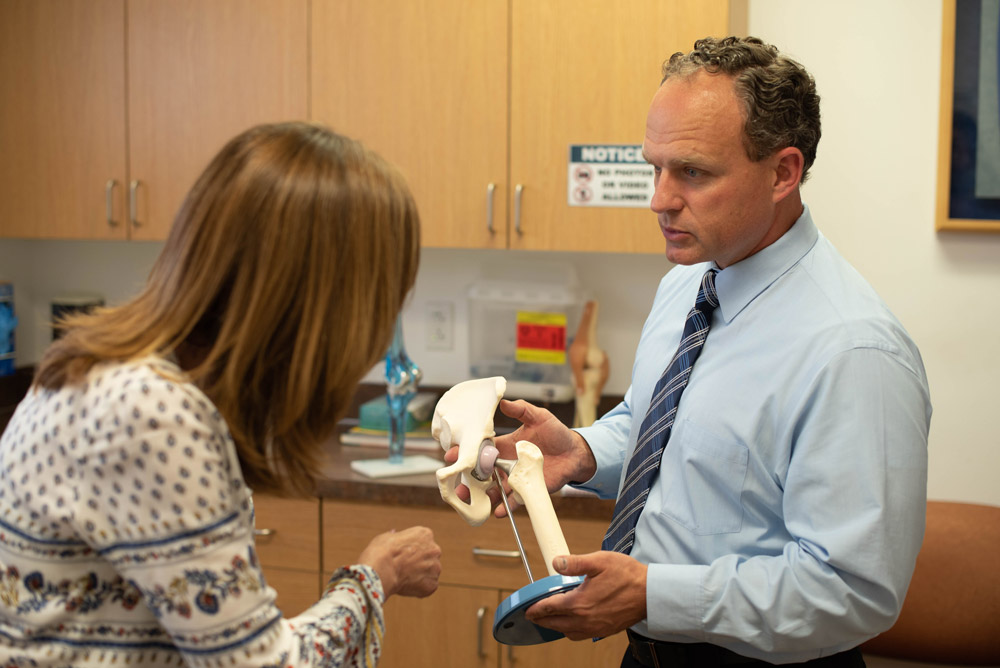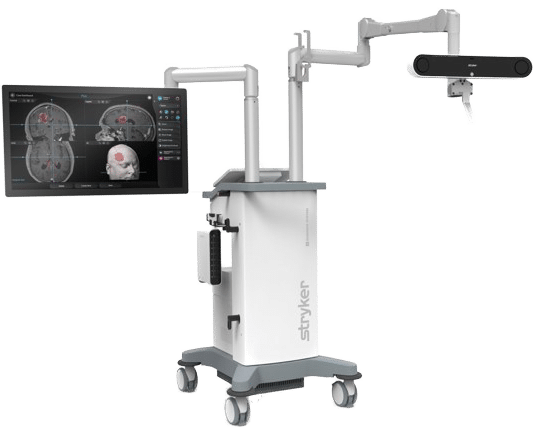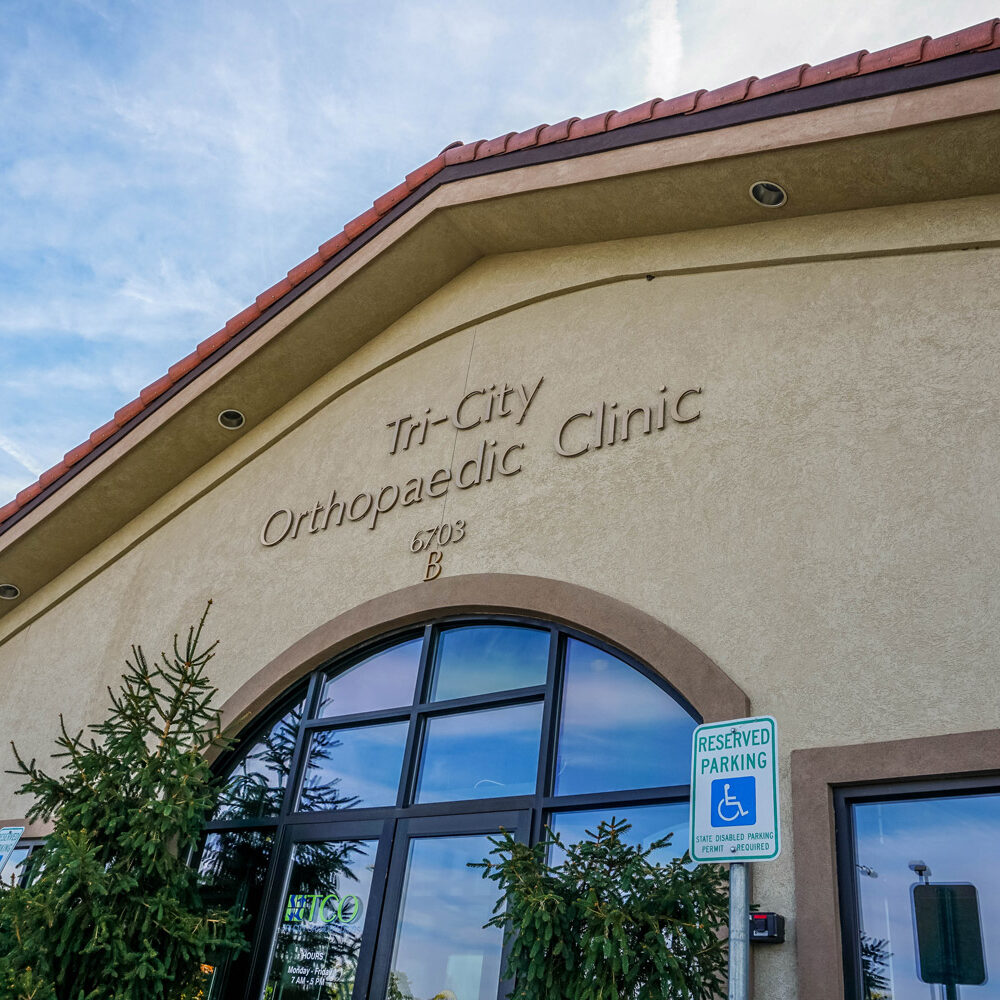Joint Replacement
Total joint replacement is a surgical procedure where part or all of an arthritic or damaged joint is removed and replaced with a metal, plastic, or ceramic prosthesis. The prosthesis is engineered to replicate the movement of a normal, healthy joint.
Common Questions About Total Joint Replacement
Many conditions contribute to joint pain and disability, inducing patients to consider joint replacement. In most cases, joint pain is caused by damaged cartilage lining the ends of the bones (articular cartilage) from arthritis, a fracture, or another condition. Take a look at these frequently asked questions to learn more about joint replacement.

When is total joint replacement recommended?
When non-surgical treatments like physical therapy, medications, or adjustments to your everyday activities do not provide relief of pain and disability, your doctor may recommend joint replacement.
What are the different types of joints?
A joint is the point at which two or more bones meet. The knee is considered a “hinge” joint because of its ability to bend and straighten like a hinge found on a door. The shoulder and hip are “ball and socket” joints, where the rounded end of a bone fits into the cup-shaped area of another bone.
How common is total joint replacement?
More than one million total joint replacements are performed each year. Hip replacements and knee replacements are the most commonly performed joint replacements. Replacement surgery can also be performed on other joints, including the ankle, elbow, shoulder, and wrist.
Where does joint replacement surgery take place?
Joint replacement surgery is performed in a hospital or TCO’s ambulatory surgery center in Kennewick.
Tri-City Orthopaedics Revolutionizing Hip & Knee Replacement
At TCO, we are proud to be the only surgery center in the region offering Robotic-Assisted Surgery and Computer-Assisted Surgery for joint replacements.

Robotic-Assisted Surgery
Advanced robotic arm-assisted surgery for joint replacements is cutting-edge technology that brings a new level of precision to total joint replacements, including hip and knee surgeries

Computer- Assisted Surgery
Our computer-assisted navigation system uses GPS like trackers that communicate with an in-surgery computer. This technology helps the surgeon achieve optimal alignment and positioning of implants without the added expense or radiation exposure of pre-operative CT scans.








